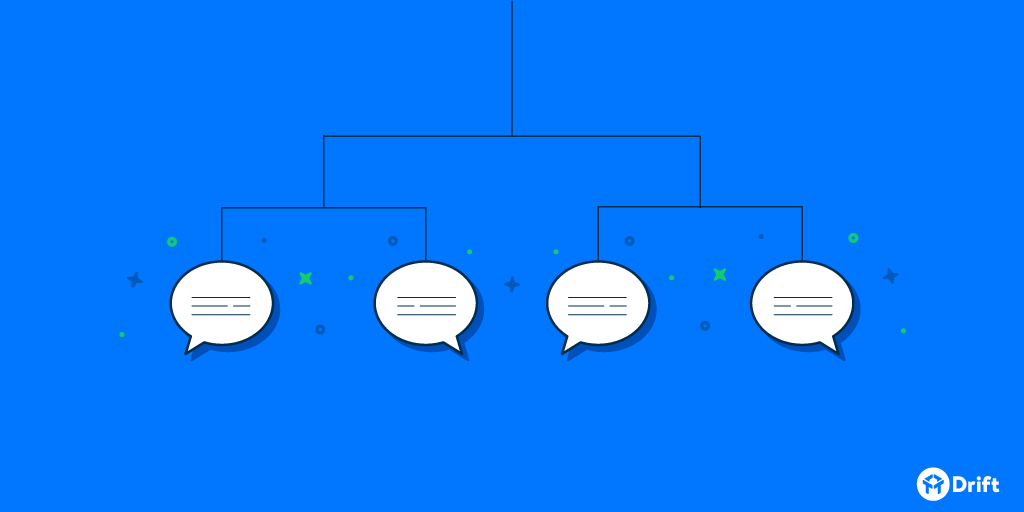
Over the years, I’ve talked to a lot of people about the importance of gathering customer feedback.
It’s one of the most popular topics that people want to talk about when it comes to startups and building products.
And time and time again, without fail, the same questions come up …
- After I talk to a customer, what should I do with their feedback?
- How do I make customer feedback actionable?
- How do I cut through the “noise” and make sense of what all these customers are telling me?
Here’s the secret:
People tend to focus on the wrong part of the feedback. Instead of focusing on the root cause or underlying issue behind the feedback, they focus on the subject of that feedback.
For example, a customer might ask, “How do I integrate this with Trello?” And if people hear that question enough times in feedback across their team, they’ll start to say, “We have a Trello problem. OK, let’s add Trello features. We need more Trello features. I keep hearing about Trello.”
So they’ll run and rush to go fix the thing that they think is the subject: Trello.
PS. You can try Drift for free right here.
But if they had used a framework like The Spotlight Framework (the one I’m about to show you), they would’ve known that they were focused on the wrong part of the feedback, and that they probably didn’t need new Trello features.
The part of the feedback that they should’ve been focused on was when the customer asked, “How do I …?”
Had they focused their attention there, they would’ve known that the underlying issue wasn’t Trello at all. It was a user experience issue.
PS. If you’re a podcast fan, I also talked about this on our podcast, Seeking Wisdom:
The Spotlight Framework
1. User Experience Issues
- How do I …?
- What happens when …?
- I tried to …
2. Product Marketing Issues
- Can you/I …?
- How do you compare to …?
- How are you different than …?
- Why should I use you for/to …?
3. Positioning Issues
- I’m probably not your target customer …
- I’m sure I’m wrong but I thought …
Here’s the flowchart version:

Want To Embed This On Your Site? Go For It.
Using this framework, we can see that a question like “How do I integrate this with Trello?” fits into the user experience category. Because clearly the customer already knows that the integration is possible. It’s not a discoverability thing. They’re not asking if it’s possible, they know that it’s possible, they expect that it’s possible, but they just don’t know how to get it done.
In contrast, customers could be asking, “Hey, can you guys integrate with Trello?” or “Can I integrate this part of your app with Trello?” Once again, the important part to focus on here is not the Trello part, it’s the “Can you …?” or “Can I …?”
And what that tells you is that you have some level of product marketing issue. Because if you can integrate with Trello, the fact they’re asking you that and that they don’t know means that they weren’t educated properly along some part of the sign-up or getting-started path. (It could’ve been a features page on the website where it wasn’t clear, or it could be that you need to do a better job of calling it out inside of the product.)
So that’s how I think about user experience issues vs. product marketing issues. But there’s also a third category in my framework: Positioning.
Positioning issues are when someone gives you feedback, and they’re usually trying to be nice, and they’ll say something like, “I’m probably not your target customer, but …”
Now, if you know that person is your target customer, there’s probably something wrong in your positioning that’s leading them to believe they’re not a good fit.
Another example of a positioning issue might be when someone says,
“I’m sure I’m wrong about this, but I thought …” And again if what they’re communicating is what you’re actually trying to get across, but they’re unsure, then you probably have a positioning issue there you need to work on.
How to Apply This Framework
You can use this framework across your team, whether that’s in support, design … ideally across the entire company.
The main thing is to categorize all of your feedback that you’re getting. And then the action can be — depending on the cadence of your company — that every week or every month you look at the top user experience, product marketing, and positioning issues that you’ve categorized using the framework. From there, you can prioritize them and start making progress on them.
The best part about this framework: It’s so easy to apply.
Just open up a Google Sheet or an Excel Doc or whatever, and just write things down as you’re hearing them and put them into the right categories.
As a final takeaway, we all need to do more listening. But then we need to take it one step further. We need to take what we’ve heard and categorize it.
So, spend the time to use this framework to categorize the feedback that your’e getting, and then take action and measure the results.
Only by doing this will you be able to take the wealth of customer feedback and turn it into something that’s actionable.



